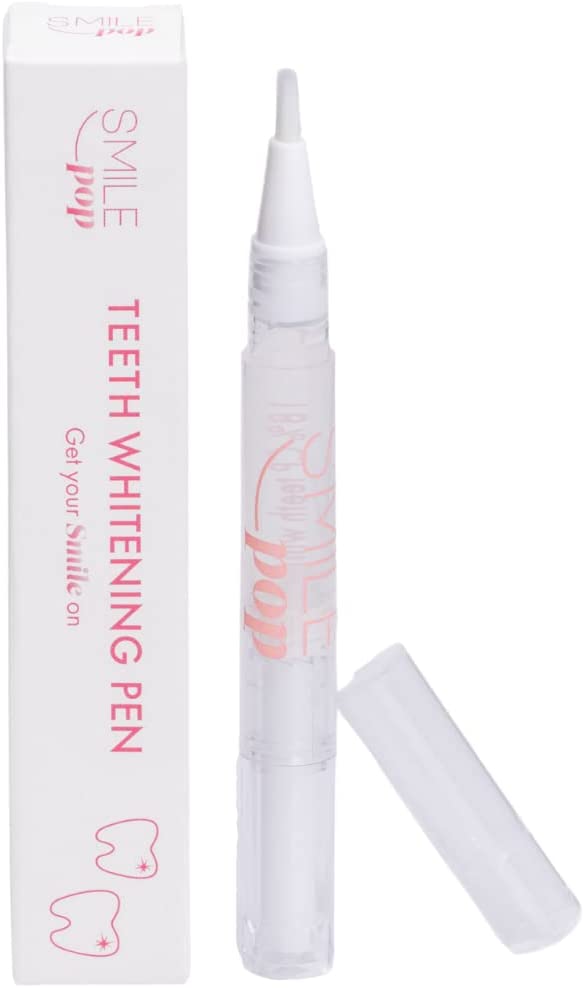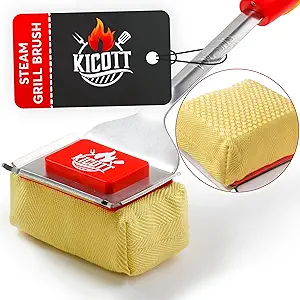Whitening pens are a popular option for teeth whitening, as they offer convenience and ease of use. While I can provide you with general information about teeth whitening pens, it’s important to note that specific product recommendations may change over time, so it’s best to consult with a dental professional or check current market options for the most up-to-date choices.
Teeth whitening pens typically contain a bleaching agent, such as hydrogen peroxide or carbamide peroxide, which helps remove surface stains and lighten the color of your teeth. Here are some general steps to use a teeth whitening pen:
Start with clean teeth: Ensure that your teeth are clean and free of any food particles or plaque by brushing and flossing before using the whitening pen.
Prepare the pen: Most whitening pens require some initial preparation. This typically involves twisting or clicking the pen to release the whitening gel into the applicator brush or tip.
Apply the gel: Carefully apply the whitening gel onto the surface of your teeth. Be cautious not to apply too much pressure or overload the gel.
Spread the gel: Use the applicator brush or tip to spread the whitening gel evenly across the front surface of your teeth. Try to avoid contact with your gums to prevent potential irritation.
Let it sit: Allow the whitening gel to sit on your teeth for the recommended amount of time specified by the product instructions. This duration can vary depending on the brand and formulation.
Rinse or wipe off: After the recommended time has elapsed, rinse your mouth thoroughly with water or use a damp cloth to remove the whitening gel from your teeth.
It’s important to follow the instructions provided by the specific whitening pen you choose, as different brands may have variations in their application process and usage guidelines. Additionally, it’s advisable to consult with a dentist before using any teeth whitening products to ensure they are suitable for your oral health and to address any specific concerns or questions you may have.
Remember that teeth whitening pens are typically designed for mild to moderate surface stains and may not be as effective for deep discoloration or intrinsic stains. In such cases, professional dental treatments like in-office whitening or custom-fitted whitening trays may be more appropriate options.
Finally, maintaining good oral hygiene practices, such as regular brushing, flossing, and dental check-ups, can help keep your teeth healthy and minimize the potential for staining or discoloration.



